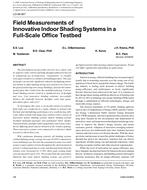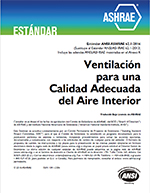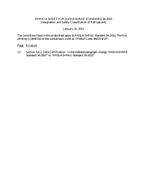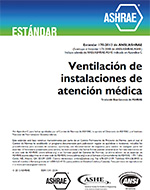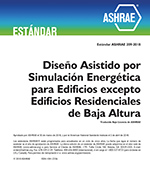Description
The development of spectrally selective low-e glass with its superior solar control and high daylight admission has led to widespread use of large-area, “transparent” or visually clear glass windows in commercial building facades. This type of façade can provide significant inherent daylighting potential (ability to offset lighting energy use) and move us closer to the goal of achieving zero energy buildings, if not for the unmitigated glare that results from the unshaded glazing. Conventional shading systems result in a significant loss of daylight and view. Can innovative shading solutions successfully balance the tradeoffs between daylight, solar heat gains, discomfort glare, and view?
To investigate this issue, a six-month solstice-to-solstice field study was conducted in a sunny climate to measure the thermal and daylighting performance of a south-facing, full-scale, office testbed with large-area windows and a variety of innovative indoor shading systems. Indoor shading systems included manually-operated and automated roller shades, Venetian blinds, daylight-redirecting blinds, and a static translucent diffusing panel placed inboard of the window glazing. These innovative systems were compared to a reference shade lowered to block direct sun.
With continuous dimming controls, all shading systems yielded lighting energy savings between 43-69% compared to a non-dimming case, but only the automated systems were able to meet visual comfort criteria throughout the entire monitored period. Cooling loads due to solar and thermal loads from the window were increased by 2-10% while peak cooling loads were decreased by up to 14%. The results from this experiment illustrate that some indoor shading systems can preserve daylight potential while meeting comfort requirements. Trends will differ significantly depending on application.
Units: Dual
Citation: ASHRAE Transactions, vol. 115, pt. 2, Louisville 2009
Product Details
- Published:
- 2009
- Number of Pages:
- 23
- File Size:
- 1 file , 1.6 MB
- Product Code(s):
- D-LO-09-067
